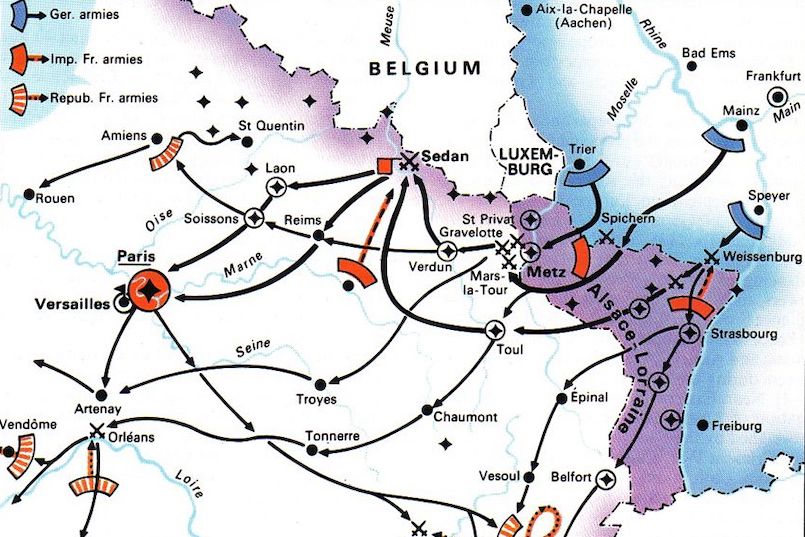It was Helmuth von Moltke the Elder who first told us that ‘No plan survives first contact with the enemy’.
(I’m sure the wily old Prussian field marshal would be a little surprised to find his military wisdom being applied to agency roster models – but hey, we’re not all charged with masterminding the Franco-Prussian war, you know. Some of us have proper work to do.)
Some marketers reach the conclusion that to move on they have to change everything – creative agency, media agency, PR agency, roster model – you name it, they want to change it.
The trouble comes when these grand plans meet cold reality. Things change, sure – but in unexpected ways.
An agency roster is typically full of interdependencies. Change one element and everything else shifts around accordingly. How roster agencies are remunerated or incentivised, or how agency resources are matched to the scope of work, or how campaign development processes are understood by marketer and agencies – any of these can have much more bearing on the success of a roster than merely changing one or several of the agencies.
The key to success is to monitor the effect the changes are having as you make them – and along the way avoid throwing out all the babies when disposing of the bathwater.
This is why we find ourselves increasingly recommending and managing what we call the ‘composite pitch’ process.
The importance of the workshop
Most of the tender processes we manage involve a strategic workshop stage. We usually insist on it, not least because it’s the one part of the process where neither marketer nor agency team has anywhere to hide. It’s the closest the two sides can get, within the artificial confines of a pitch process, to finding out exactly what their working relationship might be like.
In a ‘composite pitch’ however, we use the workshop stage not only to examine the bilateral marketer-agency relationship, but also to assess how the various candidate agencies on any potential roster might work together with each other and the marketing team.
In this way, it is possible to test out combinations of agencies and skill sets, and gain an idea of how they might pan out were they to be engaged at the same time on the same roster.
Example 1 – Insurance
Last year we managed a tender process for a large insurance organisation. Their strategic focus had shifted towards customer acquisition and retention, and as part of that they were looking for changes in their brand agency, creative agency, channel planning partner and media buying agency.
They had assumed they were looking at a disruptive year-long sequence of tenders for each agency role, one after the other.
We proposed instead a composite process, shortlisting incumbents and new candidates for various combinations of the newly defined roles in the roster, depending on their skill sets and declared preferences. We then used the workshops to test combinations of agencies, looking not only at the individual capabilities but also at the level and quality of collaboration and partnership.
Several of the agencies fielded multi-disciplinary teams, and others just put their hands up for specialist roles. The result was a cohesive, road-tested team of agencies – some new, some incumbent – ready to go at the conclusion of the tender process.
Example 2 – Banking
For another marketer in financial services, we managed a process to populate an entirely new roster model we had developed in partnership with them to accommodate their partial shift to ‘agile working’ (er….that’s another blog post). Here, the challenge was to assess how well collections of individual agencies compared with single-source and holding company teams. Again, the workshop was the proving ground – the place where the marketing team could work on current business problems with the candidates and watch how the various competing relationships and capability combinations came together in the room.
It’s not surprising that the two examples used here are from financial services, by the way. Like automotive or FMCG, the more crowded the sector, the harder it is to find agencies that are free from competitive conflict – and so the more important it becomes to find ways to put together innovative combinations of specialist agency capability and talent. This is where the composite pitch process can make the difference between a disparate collection of agencies and a fully-functioning, value-adding agency roster.
How well did your last plan for your agency roster or tender process survive first contact with the market?
TrinityP3’s comprehensive Search & Selection process provides extensive market knowledge, tightly defined process and detailed evaluation and assessment.




